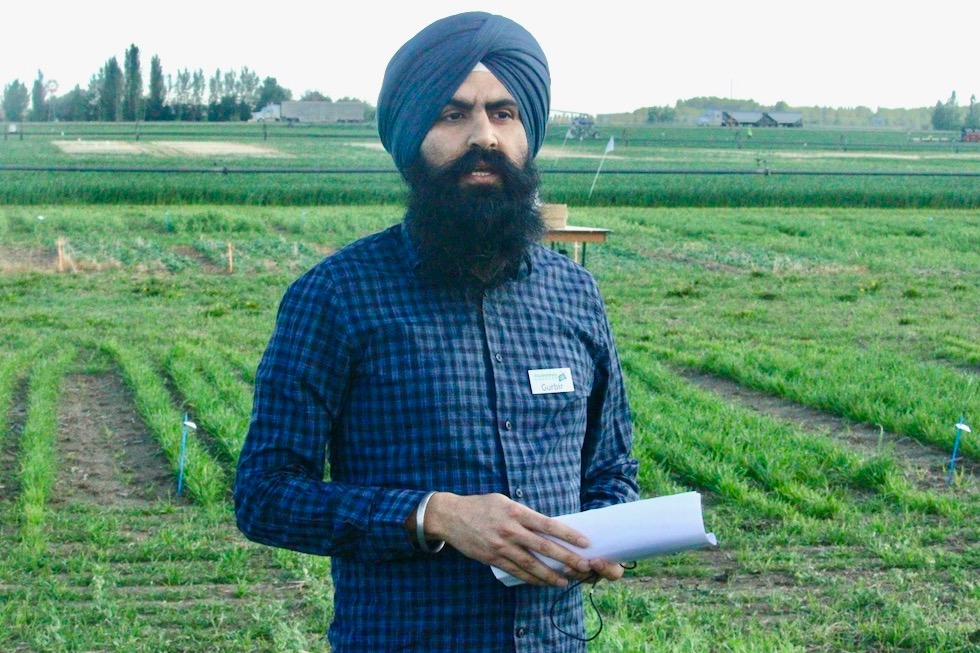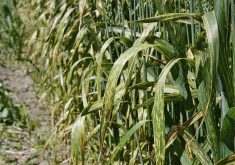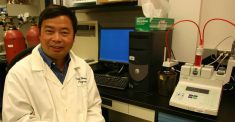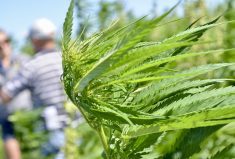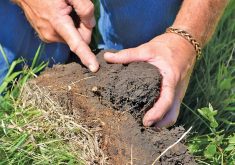Biostimulants work. Sort of. Sometimes. Depending.
Dubbed the ‘vitamin supplements of farming,’ there are a wide range of biostimulants and they work — or don’t — in a host of different ways.
Sometimes they’re worth applying and sometimes not, suggests a three-year study by Farming Smarter.
“We did see an increase in yield for some crops, especially field peas,” said Gurbir Dhillon, a soil scientist with the farmer-directed regional ag association.
Occasionally, the results were spectacular — a bump of 10 to 15 bushels for peas in 2020 at its Lethbridge and Forestburg plots when using a product called Alpine. Two other treatments, Penergetic and Stoller, also showed good results, said Dhillon.
Read Also
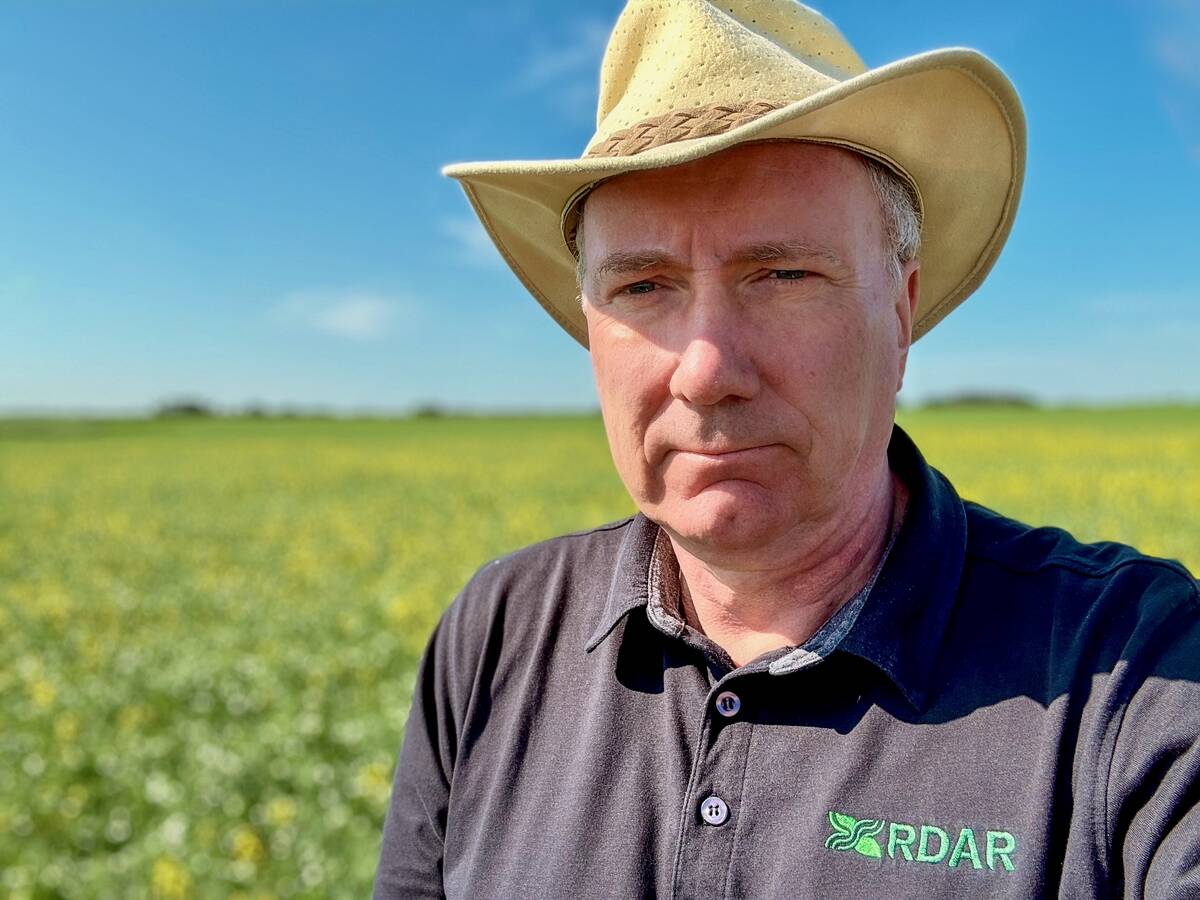
RDAR continues to become more relevant and useful to producers five years after its inception
RDAR has already amassed a strong resume five years after its inception.
But that sort of big increase wasn’t seen every year.
“For field peas, there was an average increase of about three to five bushels per acre,” said Dhillon.
Products used on wheat had an even lower batting average.
“For wheat, we saw an increase in only one out of six site years,” he said. “It was about 12 to 15 bushels an acre, but the other five site years did not show an increase. For canola we did not see any treatment effects.
“However, the last year there was severe drought, so the yields were low across the board.”
A range of things are touted as biostimulants, including: humic and fulvic acids; protein hydrolysates and other nitrogen-containing compounds; seaweed extracts and botanicals; chitosan and other biopolymers; inorganic compounds; and beneficial fungi and bacteria.
All are different from the usual way of boosting yields, Dhillon said during a recent Farming Smarter field school.
“Generally, biostimulants don’t provide any additional nutrition, so they are different from fertilizers in that way. If we are to think of fertilizers as like the food we eat, then biostimulants are more like the vitamin supplements that we take that don’t really help much on the nutrition side.”
So, what do they do?
Again, it depends. Some purport to improve plant metabolic efficiency or nutrient efficiency. Others say they increase root biomass. And still others say they offer boosts in areas such as water efficiency, soil health or tolerance to soil salinity.
“There is a lot of variability in the number of products that are considered biostimulants,” said Dhillon. “There is a lot of variability in whether they are effective.”
His message to farmers is simple. Don’t expect biostimulants to work every year in all conditions for all crops.
And users can expect to have to sort through a lot of product claims.
Biostimulants have been available for years but the market expanded significantly five years ago and was accompanied by a big advertising push, said Mike Gretzinger, Farming Smarter’s research coordinator.
“We’ve had enough time for the marketplace to sort itself out,” he said. “Anybody who has really overpromised and underdelivered probably isn’t making good business at this point.”
In fact, some agri-science companies with biostimulant products are asking Farming Smarter to investigate whether their products work, Gretzinger added.
“They’ve already got a product to market and then they are coming to us and they’re saying, ‘We need to make sure this works,’” he said. “Talking to some of the companies we work with, they maybe oversold and underdelivered in some respects and I think they are aware of that.”
The bottom line is that there had better be a bottom line, said Melvin Nielsen, who attended the June 23 field school.
“It’s a lot of extra expense and maybe Mother Nature is not all that friendly with you as we saw last year,” said Nielsen.
“It’s kind of wait and see. I don’t think it’s too common in my area yet, although some guys may use it on peas.”

